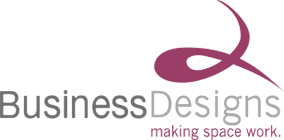Maximising Productivity: Top Office Design and Fit-Out Solutions in Bristol
First Published on: 28 October 2024
The Power of Office Design
The design of your office isn’t just about aesthetics
It’s a key driver of productivity, employee well-being, and business success. For companies in Bristol, where competition for top talent is fierce, investing in a well-planned office fit-out can make all the difference. A well-designed office enhances collaboration, supports flexibility, and fosters innovation, all while reflecting your brand’s identity.
In this article, we explore how businesses in Bristol can maximise productivity through modern office design and fit-out solutions, focusing on the latest trends and tailored strategies to improve both performance and employee satisfaction.
Table of Contents:
- Introduction: The Power of Office Design
- Understanding the Bristol Office Market
- Key Trends in Office Design for Productivity
- Space Planning and Office Fit-Out Solutions in Bristol
- Boosting Employee Well-Being Through Design
- Case Study: Successful Office Fit-Out in Bristol
- Conclusion: Ready to Elevate Your Workspace?
- FAQs on Office Fit-Outs in Bristol
Understanding the Bristol Office Market
Bristol is a dynamic business hub, home to a variety of industries, from tech and finance to creative sectors. As companies in Bristol compete for talent and market position, office design becomes a critical tool in enhancing employee retention, boosting morale, and ensuring operational efficiency.
Local companies are increasingly investing in office refurbishments and fit-outs that not only reflect their brand but also create environments where employees can thrive. Given the diversity of industries in Bristol, fit-out solutions need to be flexible and adaptable to meet the unique demands of different business sectors.
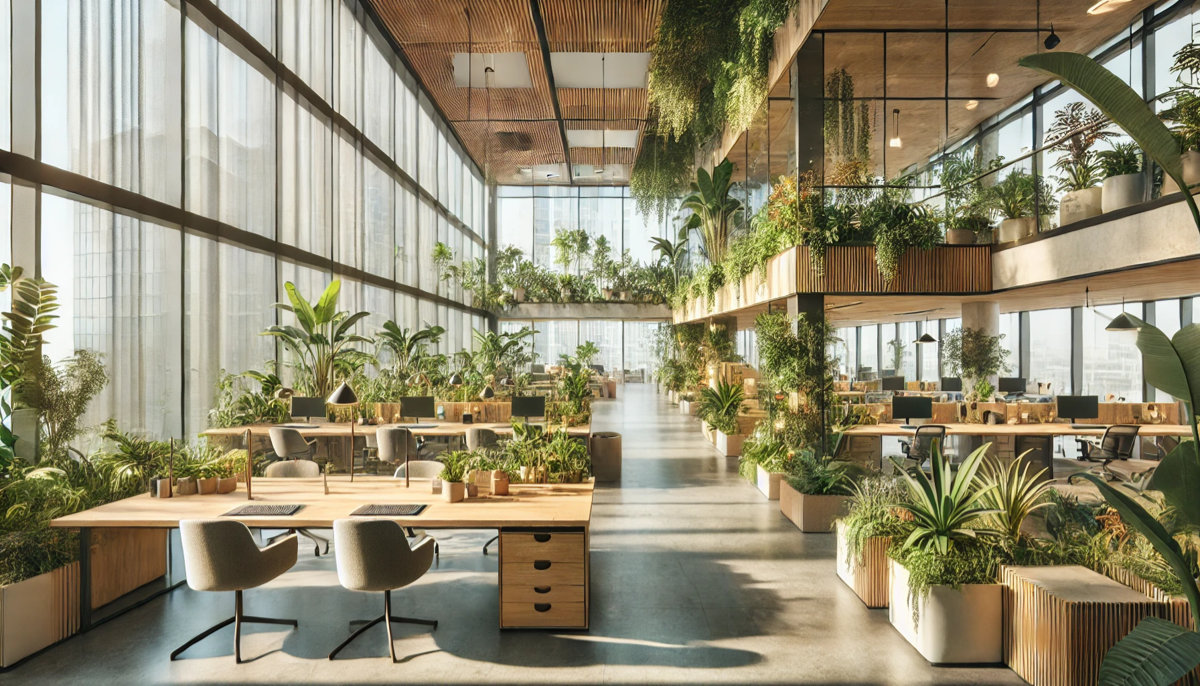
Key Trends in Office Design for Productivity
1. Flexible Workspaces
With the rise of hybrid working models, flexible workspaces are becoming a must-have. Businesses are moving away from static desk arrangements to more adaptable spaces that allow employees to choose how and where they work, depending on the task at hand. These spaces may include:
- Hot desking areas
- Breakout zones for informal meetings
- Private booths for focused work
Incorporating flexibility into your office design allows your team to be more agile and can significantly boost productivity by catering to different working styles.
2. Biophilic Design
Bringing the outdoors inside has been shown to improve employee well-being and productivity. Biophilic design involves integrating natural elements into the workspace, such as:
- Indoor plants
- Natural lighting
- Water features
Studies show that employees who work in environments with natural elements report higher levels of creativity and lower levels of stress. In a city like Bristol, known for its green spaces and environmental consciousness, biophilic design is particularly relevant and appealing.
3. Ergonomic Furniture and Layouts
Productivity can be drastically improved by ensuring that your office layout and furniture promote comfort and efficiency. Ergonomically designed workstations help reduce strain and fatigue, allowing employees to focus more on their tasks. Key elements include:
- Height-adjustable desks
- Ergonomic chairs with proper lumbar support
- Modular furniture that can be rearranged based on the needs of different teams
Investing in ergonomic office design can reduce absenteeism and increase employee satisfaction, directly impacting overall productivity.
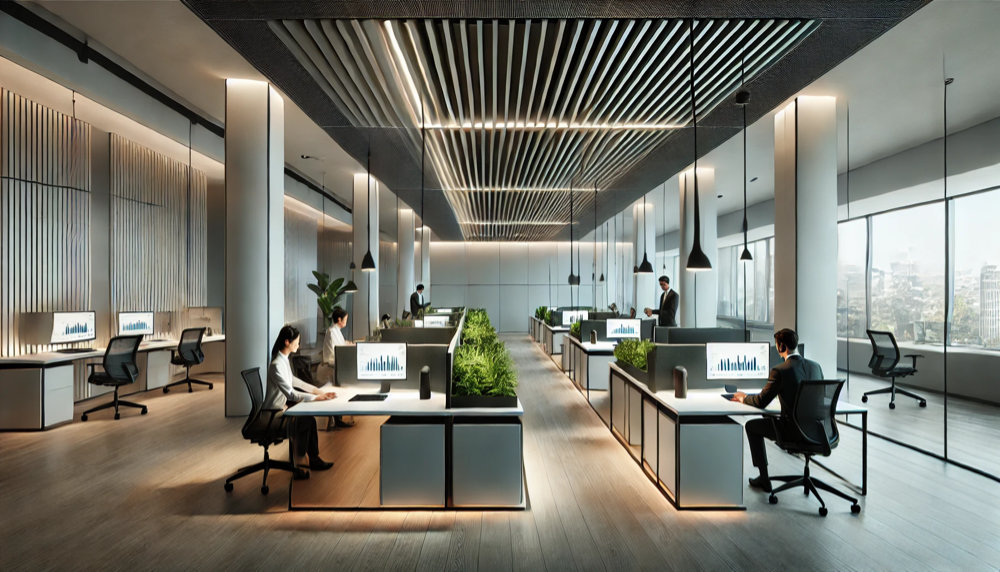
4. Acoustics Management
Office noise is a common productivity killer. When employees are constantly distracted by background noise, it can reduce focus, increase stress levels, and ultimately lead to a decrease in output. Effective acoustic management can drastically improve concentration and performance.
There are several strategies to improve office acoustics:
Soundproofing: Use sound-absorbing materials such as acoustic ceiling tiles, wall panels, and carpets to reduce noise levels.
Zoning: Separate quiet zones from more active areas. For example, create closed-off meeting rooms for discussions while keeping workstations in quieter areas.
Acoustic Furniture: Incorporate noise-reducing furniture, such as upholstered chairs and acoustic pods, which help mitigate noise pollution.
In bustling cities like Bristol, where open-plan offices are common, investing in good acoustics is essential to maintaining a productive environment.
5. Collaborative Spaces
Collaboration is a key driver of innovation, and modern office designs are embracing open, collaborative spaces to encourage teamwork. However, collaboration should not come at the cost of individual focus.
Here are some ways to strike a balance:
Dedicated Collaboration Zones: Create areas specifically for team brainstorming sessions or informal catch-ups. These spaces can be equipped with whiteboards, screens for digital sharing, and comfortable seating arrangements that foster creativity.
Modular Furniture: Use flexible, moveable furniture that allows teams to reconfigure spaces based on their needs. This ensures that the workspace can be adapted for group work or independent tasks as required.
Technology Integration: Seamlessly integrate technology to support collaboration. For instance, equipping rooms with video conferencing tools and smartboards ensures smooth communication, particularly for remote teams.
By balancing spaces designed for collaboration with quiet zones for deep work, businesses can maintain high levels of productivity while fostering a culture of teamwork.
6. Personalisation of Workspaces
Allowing employees to personalise their workspaces can lead to higher job satisfaction and a greater sense of ownership, which directly translates into increased productivity. While many offices aim for uniformity, giving employees the freedom to adjust their workstations to fit their preferences creates a more comfortable and motivating environment.
Some personalisation strategies include:
Customisable Desk Layouts: Provide height-adjustable desks, adjustable lighting, and modular storage units that employees can configure based on their preferences.
Personal Touches: Encourage employees to bring in personal items such as plants, photos, or desk decor to make their workspace feel more like their own.
Climate Control: Where possible, allow employees to control the temperature in their immediate environment. Providing individual fans or heaters can help create a more comfortable workspace for each team member.
Personalisation not only enhances comfort but also increases employee engagement, making them feel more connected to their work and boosting overall productivity.
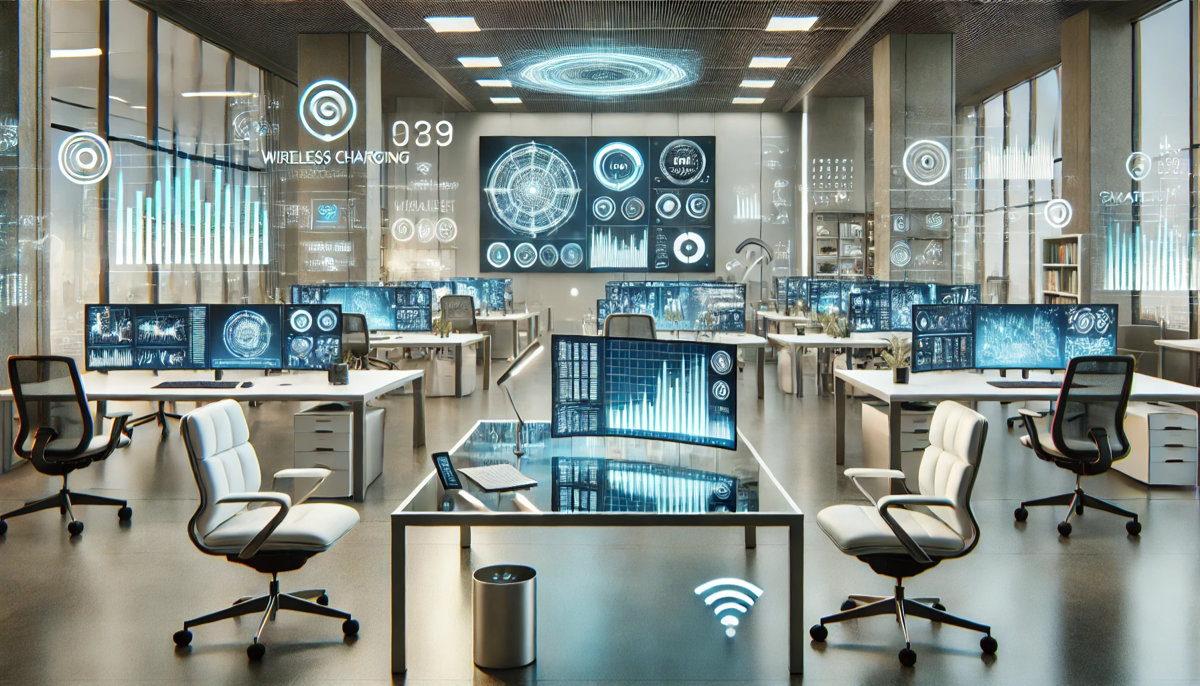
7. Smart Office Technology
The integration of smart office technology is becoming increasingly popular in Bristol offices. From automated lighting systems to smart desks, these innovations are designed to optimise office workflows and improve efficiency.
Here’s how smart technology can drive productivity:
Automated Lighting: Smart lighting systems that adjust brightness based on the time of day and occupancy can improve focus and reduce energy waste.
Smart Desks: These desks can track an employee’s posture and activity levels throughout the day, reminding them when to stand up or take a break. This helps employees maintain a healthy balance between work and wellness, reducing the risk of burnout.
Room Booking Systems: Implementing smart systems for booking meeting rooms or shared spaces can streamline office operations, reducing time wasted on scheduling conflicts and improving overall efficiency.
Bristol’s thriving tech community is increasingly incorporating smart office solutions to create more efficient, innovative work environments.
8. Colour Psychology in Design
Colour plays a pivotal role in influencing mood and productivity in the workplace. Thoughtfully chosen colour schemes can have a significant impact on how employees feel and perform.
Here’s how different colours can affect productivity:
Blue: Promotes calmness and focus, making it ideal for environments where high levels of concentration are needed.
Green: Provides balance and reduces eye strain, making it a good choice for spaces where employees spend long hours.
Yellow: Stimulates creativity and energy, ideal for brainstorming areas or creative departments.
Neutrals with Accents: Using neutral tones such as grey or beige with bold accent colours can create a professional yet stimulating environment.
A well-chosen colour scheme can make a noticeable difference in creating a motivating atmosphere, especially when aligned with the overall branding of the business.
Space Planning and Office Fit-Out Solutions in Bristol
Importance of Space Optimisation
Space planning is critical in ensuring that your office fit-out not only looks good but functions efficiently. Poor space management can lead to overcrowding, poor communication, and diminished productivity. A well-optimised space should take into account:
- Team workflows
- Collaboration needs
- Privacy requirements
- Future growth
Using a mix of open-plan areas and private spaces can help strike a balance between collaboration and focused work. Bristol’s growing business sector demands office environments that can adapt to rapid changes in team size or project requirements.
How to Tailor Fit-Outs to Your Business Needs
Every business has unique needs, and your office design should reflect your company’s specific goals and culture. Working with an expert fit-out service in Bristol ensures that your space is tailored to support your operations. Key factors to consider include:
- The nature of your work (creative, technical, etc.)
- Your company’s growth plans
- Sustainability goals (many Bristol businesses are aiming for carbon-neutral or eco-friendly offices)
A well-thought-out fit-out should integrate technology seamlessly, include sustainable materials, and create an environment that reflects your company’s values.
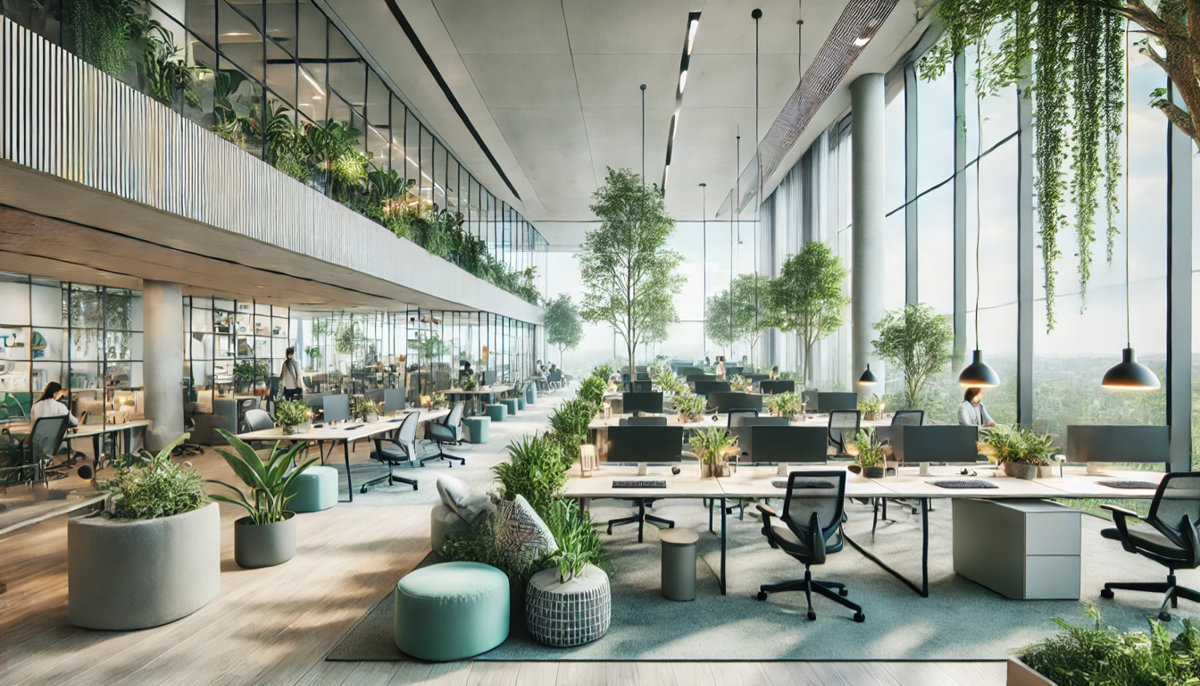
Boosting Employee Well-Being Through Design
A happy workforce is a productive one. Office design has a significant impact on employee well-being, which in turn affects productivity. Bristol-based companies should consider the following strategies when planning their fit-out:
- Natural Light: Maximise the use of natural light to improve mood and reduce eye strain.
- Wellness Areas: Incorporate quiet zones or wellness rooms where employees can take breaks and recharge.
- Air Quality: Invest in good ventilation systems and air purifiers to ensure a healthy working environment.
Well-designed offices help reduce stress and promote a sense of community, ultimately enhancing employee engagement and reducing turnover.
Case Study: Successful Office Fit-Out in Bristol
One Bristol-based tech company recently underwent a complete office fit-out aimed at improving collaboration and employee well-being. The project involved creating flexible workstations, installing ergonomic furniture, and incorporating biophilic elements to enhance the overall workspace atmosphere.
The result? A 20% increase in team productivity and a significant reduction in staff turnover within the first six months. Employees reported feeling more motivated and engaged, and the company saw improved project delivery times, thanks to the more collaborative environment.
Ready to Elevate Your Workspace?
Maximising productivity through office design and fit-out solutions is no longer optional for businesses in Bristol—it’s essential for staying competitive. Whether you’re looking to implement flexible workspaces, improve employee well-being through ergonomic design, or stay ahead of the latest trends like biophilic design, the right fit-out can transform your office into a powerhouse of productivity.
If you’re ready to take the next step in creating a more productive, engaging workplace, contact an expert fit-out provider in Bristol today.
FAQs on Office Fit-Outs in Bristol
1. How long does an office fit-out project take?
The timeline depends on the size and complexity of the project, but most office fit-outs in Bristol take between 8 to 12 weeks from planning to completion.
2. What is the average cost of an office fit-out in Bristol?
Costs vary based on the scale of the project and the materials used. On average, office fit-outs in Bristol range from £50 to £150 per square foot.
3. Can I customise the fit-out to match my company’s branding?
Yes, customisation is a key part of any office fit-out. From colour schemes to furniture design, your office can be tailored to reflect your brand identity.
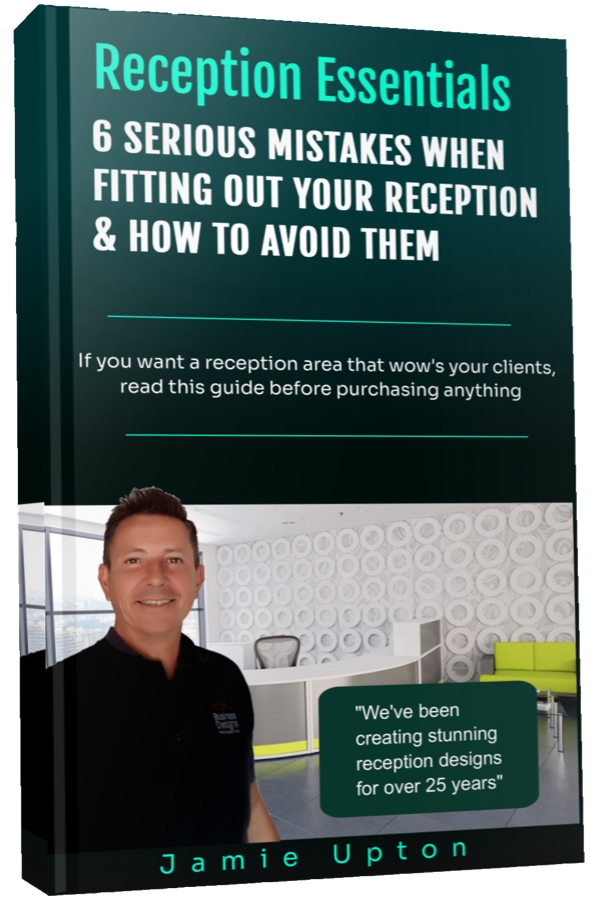
More Interesting Industry Info
Fit Out Company in Oxfordshire
Effective Office Fit-Out in Oxford incerased PERFORMANCE - space optimisationHow our experienced...
Office Fit Out Company
Effective Office Fit-Out in Bath incerased PERFORMANCE - space optimisationHow our experienced...
